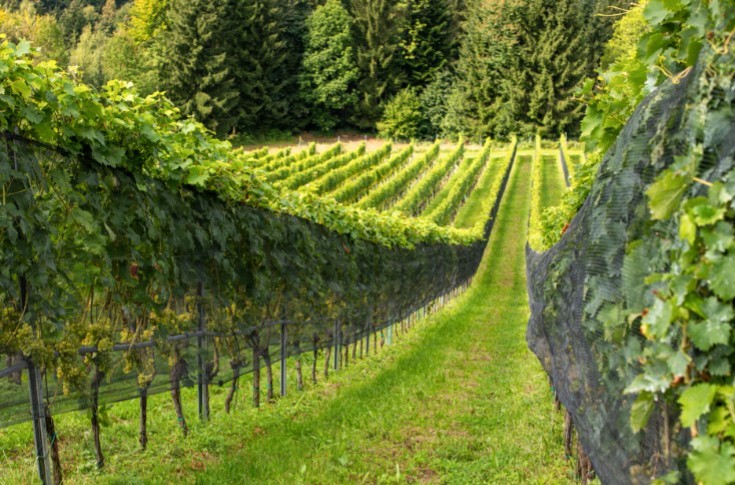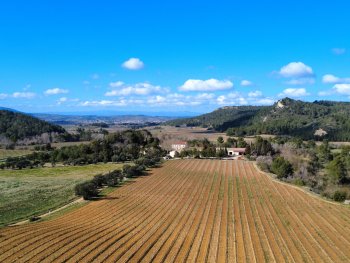Innovative vineyards do not always equate to good ideas for the environment

n her bid to hunt down “things that seem like a good idea but aren’t”, Sophie Penavayre and her colleagues at the Beaujolais branch of the French vine and wine institute (IFV), have calculated the environmental footprint of several “innovative” practices using life-cycle analyses (LCA).
Speaking at the OIV convention in Dijon on October 16, she used the use of hail nets as an example. “We examined a vineyard in Beaujolais by focusing on all the flows linked to manufacturing and installing the nets – based on a 20-year lifespan – and vineyard management”, explains Penavayre. According to her team’s calculations, for production of a kilo of grapes, the nets become environmentally valid when a hailstorm occurs every five years and destroys 50% of the crop, equating to an average annual loss of 10%.
For the first time, IFV also conducted a life-cycle analysis on winemaking practices where sugar was removed using the Redux process by V’innopĂ´le South-West coupled with partial de-alcoholisation using nanofiltration and a membrane-based corrector. “This time, the operation unit was not 1kg of grapes but 1 litre of wine and we considered the waste as pollutant and not a by-product that could be recycled”, explains Penavayre. The environmental impact proved to be low for both physical processes. “It increased by 6.1% for desugaring, due to the loss of 20% of the must, and just 1.2% for de-alcoholisation, mainly due to ionising radiation”, concludes Penavayre.






